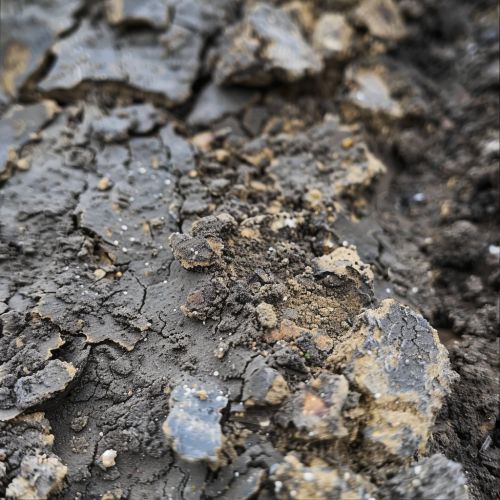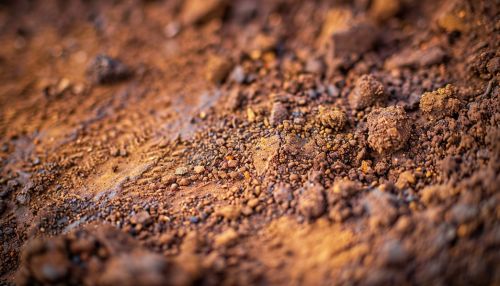Contaminated Soil
Introduction
Contaminated soil refers to the pollution of the earth's surface by both organic and inorganic substances. This contamination can result from a variety of sources, including industrial activity, agricultural practices, waste disposal, and accidental spills. The severity of soil contamination can vary widely, from minor localized incidents to widespread environmental damage. The presence of these contaminants in the soil can have significant impacts on human health, as well as on the health of the ecosystem.


Types of Soil Contamination
There are several types of soil contamination, each with its own unique set of causes and effects.
Organic Contamination
Organic contamination refers to the presence of organic compounds in the soil. These compounds can come from a variety of sources, including pesticides, petroleum products, and industrial waste. Organic contaminants can have a range of effects on the soil, including altering its physical properties and affecting its ability to support plant life.
Inorganic Contamination
Inorganic contamination refers to the presence of inorganic compounds in the soil. These can include heavy metals, such as lead, mercury, and arsenic, as well as salts and other minerals. Inorganic contaminants can be particularly harmful to the environment, as they can persist in the soil for long periods of time and can be toxic to both plants and animals.
Radioactive Contamination
Radioactive contamination involves the presence of radioactive substances in the soil. This can occur as a result of nuclear accidents, the use of radioactive materials in industry, or the disposal of radioactive waste. Radioactive contamination can pose serious health risks to humans and wildlife, and can also have long-term effects on the environment.
Causes of Soil Contamination
Soil contamination can occur as a result of a variety of human activities.
Industrial Activity
Industrial activity is one of the primary causes of soil contamination. This can include the production and disposal of industrial waste, the use of harmful chemicals in manufacturing processes, and the release of pollutants into the environment through industrial emissions.
Agricultural Practices
Agricultural practices can also contribute to soil contamination. The use of pesticides and fertilizers can introduce harmful chemicals into the soil, while improper irrigation practices can lead to the accumulation of salts and other minerals.
Waste Disposal
The disposal of waste, particularly hazardous waste, can lead to soil contamination. This can occur through the improper disposal of waste in landfills, the spillage of waste during transport, or the illegal dumping of waste.
Accidental Spills
Accidental spills of harmful substances can also result in soil contamination. This can occur during the transport of hazardous materials, or as a result of industrial accidents.
Effects of Soil Contamination
The effects of soil contamination can be wide-ranging and can have significant impacts on both human health and the environment.
Effects on Human Health
Exposure to contaminated soil can pose serious health risks to humans. This can occur through direct contact with the soil, or through the consumption of food grown in contaminated soil. Health effects can include skin irritation, respiratory problems, and in severe cases, neurological damage or cancer.
Effects on the Environment
Soil contamination can also have significant effects on the environment. It can alter the physical and chemical properties of the soil, making it less able to support plant life. This can lead to a loss of biodiversity, as well as changes in the structure and function of ecosystems.
Remediation of Contaminated Soil
There are several methods available for the remediation of contaminated soil. These can include physical methods, such as excavation and disposal, as well as chemical and biological methods.
Physical Remediation
Physical remediation involves the removal of contaminated soil from a site. This can be done through excavation, or through the use of technologies such as soil washing or thermal desorption.
Chemical Remediation
Chemical remediation involves the use of chemicals to neutralize or remove contaminants from the soil. This can include the use of acids or bases to adjust the pH of the soil, or the use of oxidizing agents to break down organic contaminants.
Biological Remediation
Biological remediation, or bioremediation, involves the use of organisms to break down or remove contaminants from the soil. This can include the use of bacteria, fungi, or plants, and can be a cost-effective and environmentally friendly option for soil remediation.
